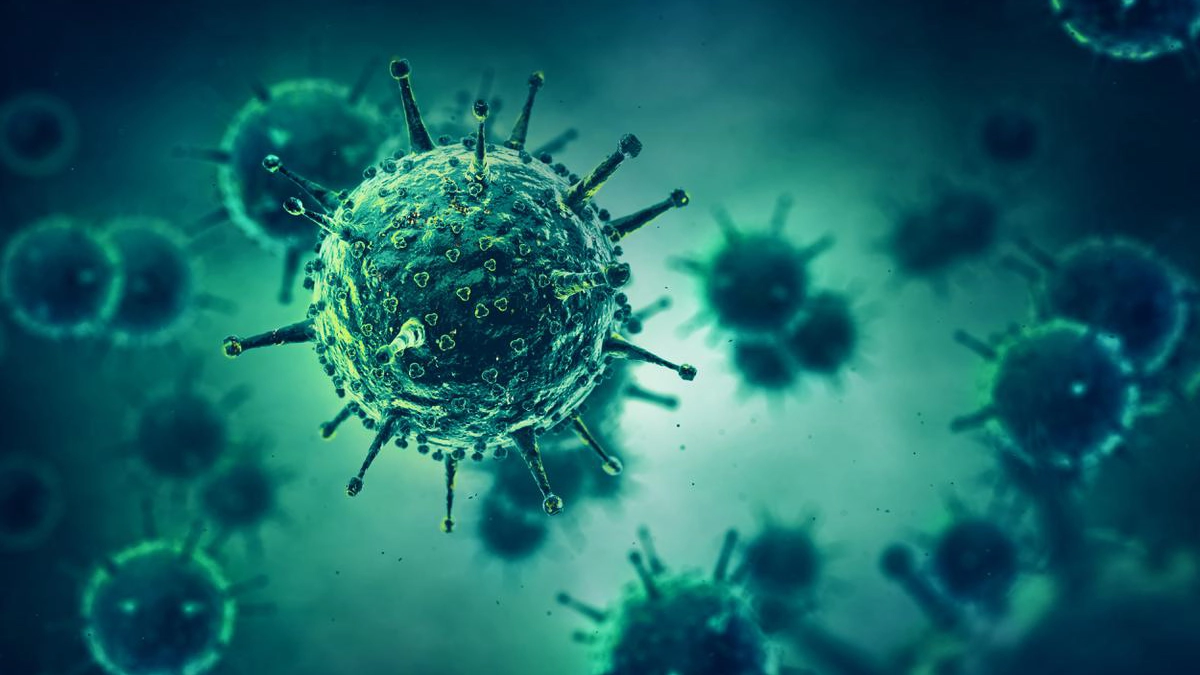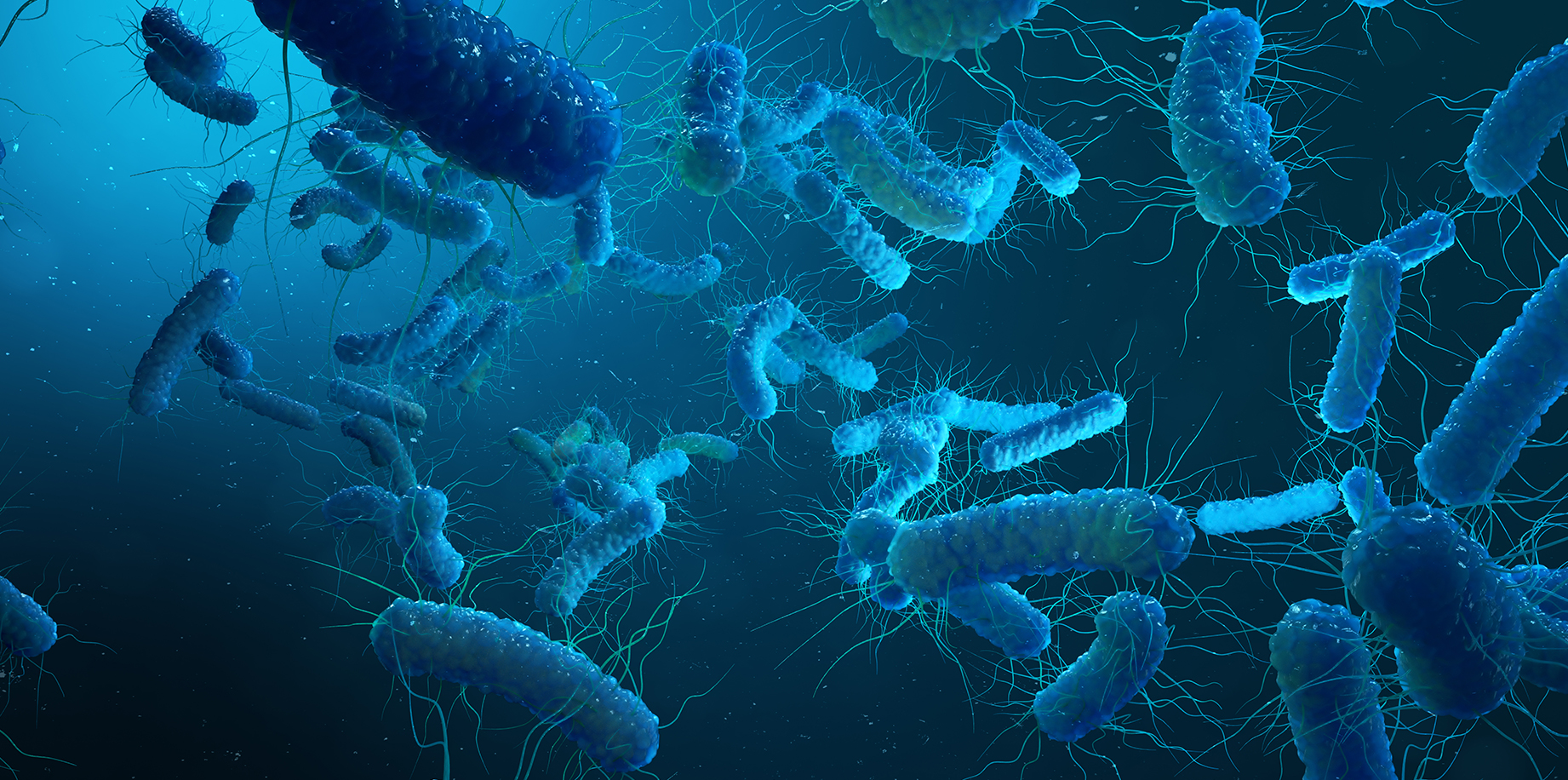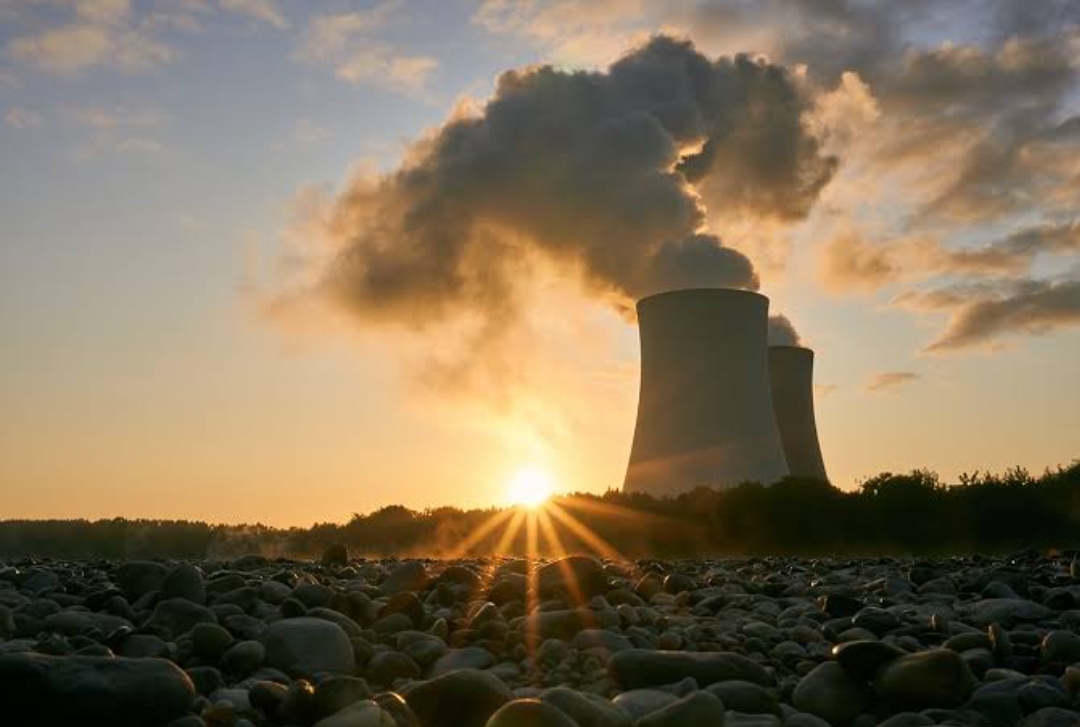
Impact of Climate change on spread of human infectious diseases.
Climate change includes both global warming driven by human emissions of greenhouse gases, and the resulting large-scale shifts in weather patterns. Increased heat, drought and insect outbreaks, all linked to climate change, have increased wildfires. Declining water supplies, reduced agricultural yields, human infectious diseases in cities due to heat, and flooding and erosion in coastal areas are additional concerns.
Human health is vulnerable to climate change(multiplying existing health problems.). The changing environment is expected to cause more heat stress, an increase in waterborne diseases, poor air quality, and diseases transmitted by insects and rodents. Extreme weather events can compound many of these health threats.
Human infectious diseases can be studied through its impacts on the three crucial disease components -- pathogen, host, and transmission environment. A pathogen is an organism that causes disease. The impact of climate change on pathogens can be direct, through influencing the survival, reproduction, and life cycle of pathogens, or indirect, through influencing the habitat, environment, or competitors of pathogens. Climate change may cause shifts in precipitation, which affects the dissemination of water-borne pathogens. Changes of climate will affect the development, survival, reproduction, and livability of disease pathogens, hosts, and their interaction with human beings. Humans remain the passive recipients of climate change induced health effects. By adopting adaptation measures, we can help to control and alleviate the negative health impacts of climate change.










